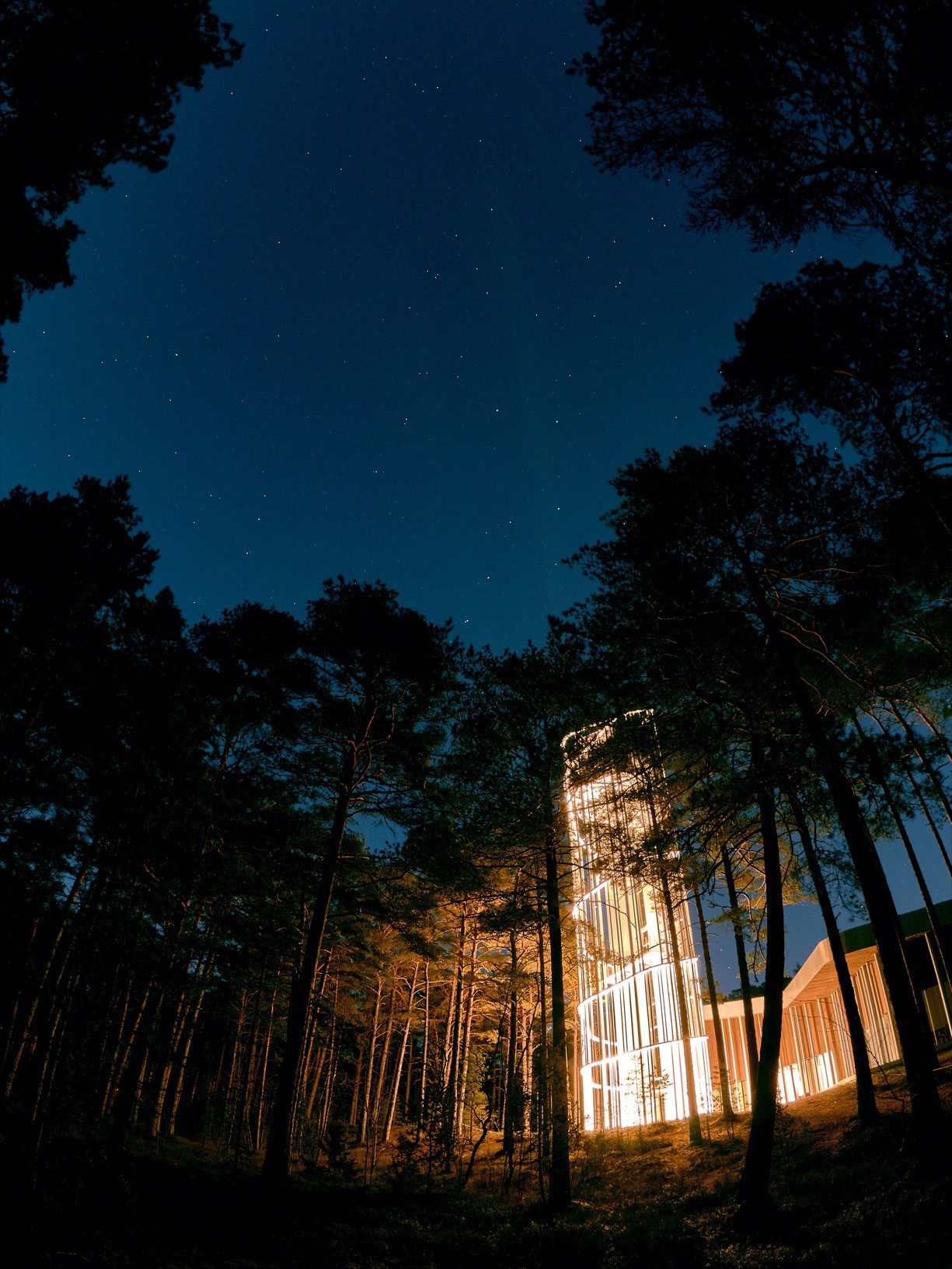When building new buildings or other infrastructure, wildlife usually has to retreat: habitats can be destroyed and green networks fragmented
In order to preserve biodiversity, the planning of new settlements in the areas of the green network and in their immediate vicinity must be avoided. At the same time, there may be a lot of pressure from real estate developers in such places. The surrounding diverse environment supports people’s physical and mental health, helps ensure a longer life expectancy, and strengthens people’s cognitive well-being and sense of identity.
The best solution when building a home is the harmonious coexistence of man and nature. For example, when developing real estate, it is recommended to save the existing natural landscaping, and prefer environmentally friendly plant species that do not require additional fertilisation or irrigation. It is also important to preserve dead and fallen trees, shrubs and natural grasslands, all of which are home to a large number of other species. Biodiversity is affected by excessive hedge trimming and grass mowing, and excessive fencing can fragment animal corridors. It is recommended to maintain the humidity regime in real estate development areas adjacent to wetlands.
See also: Urban nature.

Text: Kristjan Piirimäe
Editors: Sigrid Ots, Reigo Roasto
Last modified: 13.01.2022